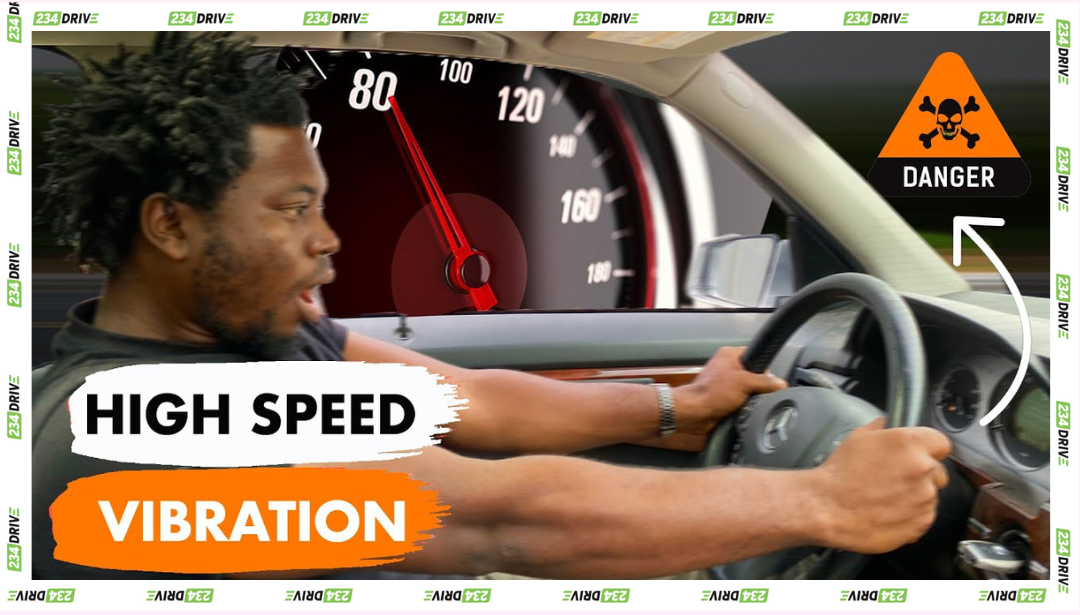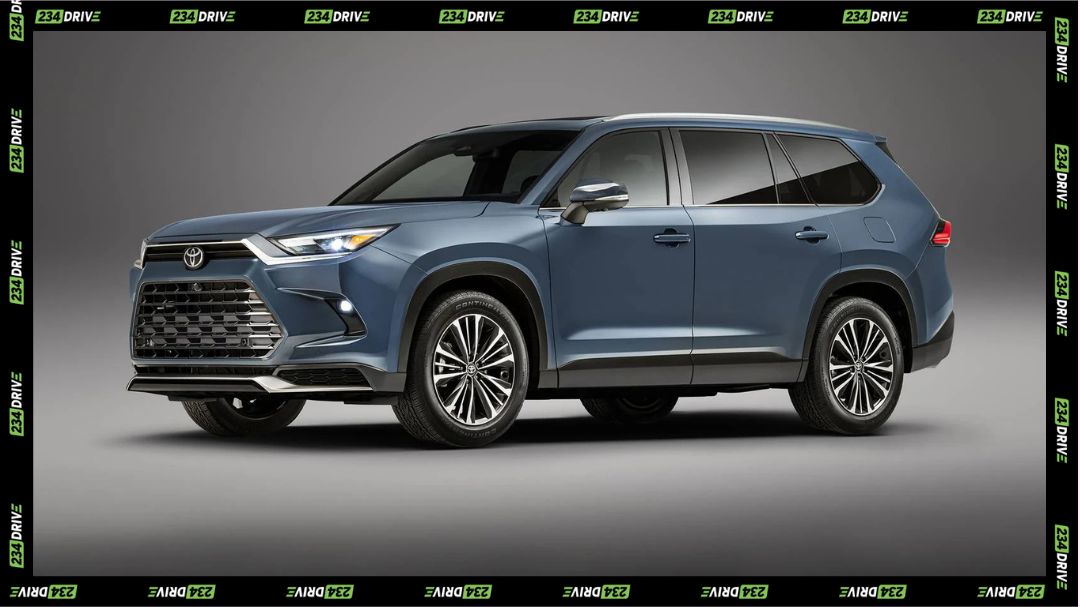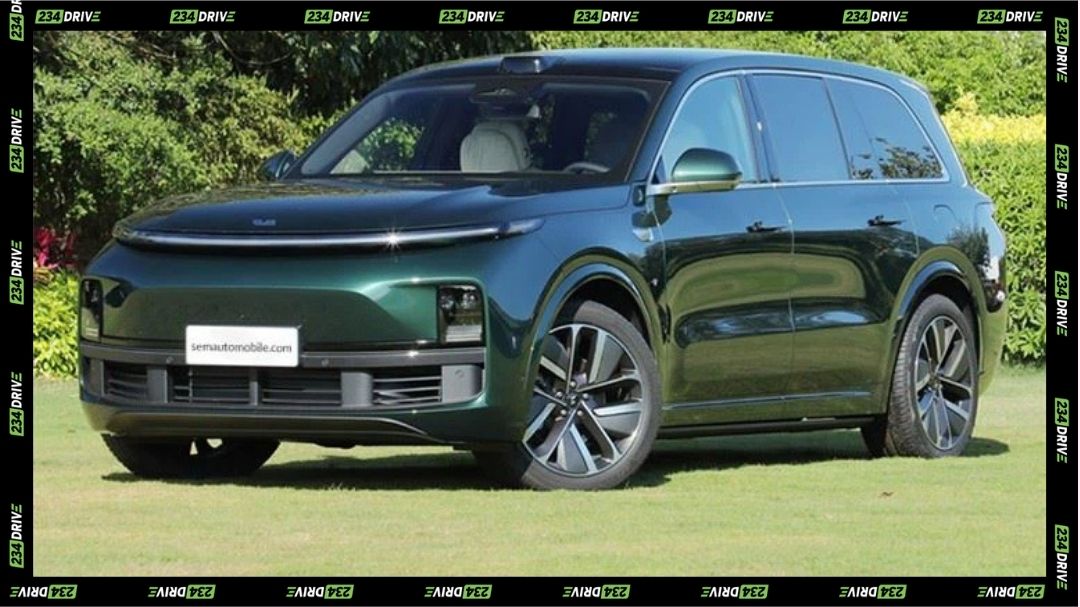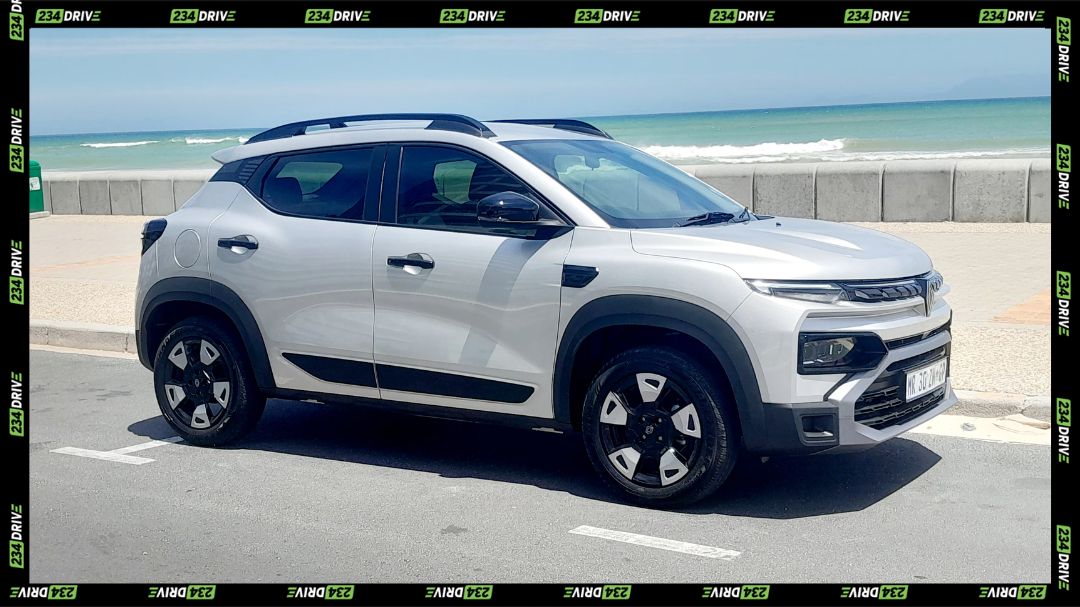Ever been cruising in your car and felt that unsettling vibration kick in as you hit a certain speed? It’s like your car is dancing a jig when all you want is a smooth ride. What’s going on? Today, we’re diving into the four major culprits behind high-speed car vibrations and, more importantly, how to fix them. Let’s get started!
High-speed vibration is the shaking or trembling you feel in your car when you reach a certain speed, often around 60 km/h (or 37 mph). Ignoring it isn’t a good idea. Not only is it annoying, but it can also point to underlying issues that could lead to further damage or even compromise your safety. Addressing vibrations as soon as you notice them can save you money and keep you safe.
The Culprit #1: Wheel Balancing
What is Wheel Balancing?
Think of your tires as perfectly balanced spinning tops. When the weight is evenly distributed around the tire, it spins smoothly. But if one part is heavier than the others, it becomes unstable, leading to vibrations. Wheel balancing ensures that the weight of each tire is properly distributed, providing stability as you drive.
The Wheel Balancing Process:
So, how do you balance a wheel? A wheel balancing machine spins the tire and detects any imbalances. It then tells the technician exactly where and how much weight to add to correct the imbalance. Small weights are attached to the rim of the wheel to counteract the heavy spots, creating a smooth, stable rotation.
Why it Matters:
Regular wheel balancing is crucial for a comfortable and safe driving experience. It not only eliminates vibrations but also helps prevent uneven tire wear. Aim to get your wheels balanced every six months or after a certain mileage (check your car’s manual for recommendations).
How to Tell if Your Wheels are Unbalanced
The most obvious sign of unbalanced wheels is vibration. You might feel it in the steering wheel, the seat, or even the floor of your car. The vibrations may come and go within a specific speed range. If you notice these symptoms, it’s time to get your wheels checked.
Finding a Wheel Balancing Service
Finding a wheel balancing service is easy. A quick search on Google Maps will show you nearby auto shops that offer the service. Wheel balancing is typically an inexpensive service, and it can make a world of difference in your car’s ride quality.
The Culprit #2: Uneven Tire Wear
What is Uneven Tire Wear?
Take a good look at your tires. Do you see any bald spots, feathered edges, or cupping? That’s uneven tire wear. Instead of wearing evenly across the surface, some parts of the tire wear out faster than others. This creates an imbalance that can cause vibrations.
Causes of Uneven Tire Wear:
What causes tires to wear unevenly? Several factors can contribute, including:
- Improper inflation: Underinflated or overinflated tires wear unevenly.
- Misalignment: Incorrect wheel alignment causes tires to drag, leading to uneven wear.
- Worn suspension components: Damaged shocks, struts, or bushings can cause tires to bounce and wear erratically.
- Aggressive driving habits: Hard braking and fast cornering can accelerate tire wear.
The Impact on Vibration:
Uneven tire wear throws off the balance of the tire, leading to vibrations, especially at higher speeds. More importantly, tires with uneven wear are a safety hazard. They have reduced grip and can be more prone to blowouts.
Identifying Uneven Tire Wear
Identifying uneven tire wear is usually pretty simple. Just look at your tires! If you see noticeable differences in the tread pattern, like bald spots or uneven edges, you’ve got uneven wear. You can also run your hand along the tread to feel for bumps or grooves.
Fixing Uneven Tire Wear
So, what can you do about uneven tire wear?
- Tire Replacement: In many cases, the best solution is to replace the affected tire(s). For balanced handling, it’s often recommended to replace tires in pairs or even all four at the same time.
- Addressing the Root Cause: Don’t just replace the tires and forget about it. It’s important to identify and fix the underlying cause of the uneven wear. Check your tire pressure regularly, get your wheels aligned, and inspect your suspension components.
The Culprit #3: Suspension Defects
Understanding the Suspension System:
The suspension system is what connects the wheels of your car to the frame. It’s the unsung hero of your car, doing all the hard work to keep your ride smooth and stable. When your car is bouncing down the road, the suspension is dampening the bumps and letting you keep control.
Definition Box:
Suspension System: The system of components that connects the wheels to the vehicle’s frame, providing stability, ride comfort, and handling. Key components include:
- Shock absorbers
- Struts
- Ball joints
- Bushings
- Control arms
- Linkages
How Suspension Defects Cause Vibration:
Worn or damaged suspension components can cause instability and vibration, especially at higher speeds. When parts like shocks, struts, or bushings wear out, they can’t do their job properly. This can lead to excessive movement, bouncing, and vibrations that you feel in the car.
Specific Examples:
- Bad Bushings: Worn bushings cause excessive movement in the suspension, leading to vibration and noise.
- Worn Ball Joints: Worn ball joints create instability and noise, especially when turning or going over bumps.
- Damaged Shock Absorbers/Struts: These fail to dampen vibrations, resulting in a bouncy and unstable ride.
What Does Suspension Sound Like?
A bad suspension often makes a clunking sound, especially when going over bumps. This sound is the result of worn-out parts knocking against each other. If you hear clunking, squeaking, or rattling noises coming from your suspension, it’s time to have it checked out.
Is Suspension the Most Common Reason for Vibrations?
Many mechanics consider the suspension to be the “legs” of the car. If the legs are weak or damaged, the whole body (the car) will suffer. Because of this, suspension problems are a very common cause of high-speed vibrations.
Inspecting your Suspension
Here’s how to take a look at your suspension:
Visual Inspection:
Check for obvious signs of damage, such as:
- Cracked or torn bushings
- Leaking shock absorbers or struts
- Bent or broken control arms
- Excessive rust or corrosion
Bounce Test:
Push down firmly on each corner of the vehicle and observe how it rebounds. Excessive bouncing or swaying indicates worn shock absorbers or struts.
Professional Inspection:
If you’re unsure about the condition of your suspension, have a qualified mechanic inspect it for a thorough assessment.
The Culprit #4: Drive Shaft, Bearings, and Wheel Bearings
Understanding the Drivetrain Components:
The drive shaft transmits power from the engine to the wheels, making them turn. Wheel bearings allow the wheels to rotate smoothly with as little friction as possible.
How Drivetrain Problems Cause Vibration:
A bent, damaged, or unbalanced drive shaft can cause significant vibration, especially at higher speeds. Worn or damaged wheel bearings can create friction and vibration.
Symptoms of Drivetrain Problems:
| Symptom | Drive Shaft Issues | Wheel Bearing Issues |
| Vibration | Increases with speed | May change with speed or when turning |
| Noise | Clunking when accelerating or decelerating | Grinding, humming, or roaring noises |
| Other Signs | Loose or wobbly wheel |
What Does a Bad Bearing Sound Like?
Bad wheel bearings often make a grinding, humming, or roaring sound that changes with speed or when turning. This is one of the biggest differences between wheel bearing issues and suspension problems. Suspension issues usually cause a clunking sound, whereas bad wheel bearings typically hum or roar.
Identifying the Right Bearing
With so many different types of bearings, and different types of grease being required by each one, it is important to get a professional to help you replace the bearing.
Diagnosing the Issue
So, your car is vibrating. How do you figure out what’s causing it?
- Start with the Basics: Check your tire pressure and look for obvious signs of tire damage or wear. Perform a visual inspection of the suspension components.
- Road Test: Carefully observe the vibration. When does it start? Where do you feel it most strongly (steering wheel, seat, floor)? Does it change with speed or turning?
- Professional Diagnosis: If you’re unsure about the cause, take your car to a qualified mechanic for a thorough inspection. They have the tools and expertise to pinpoint the problem accurately.
DIY vs. Professional Repair
| Task | DIY | Professional |
| Simple Tasks | Checking tire pressure, visual inspections | |
| Complex Repairs | Not recommended (suspension, drive shaft) | Recommended (expertise, tools, safety) |
Simple tasks like checking tire pressure or performing a visual inspection can be done at home. However, more complex repairs, such as replacing suspension components or drive shafts, should be left to professionals. Mechanics have the expertise, tools, and equipment to diagnose and repair complex issues accurately and safely.
Preventive Maintenance
Here’s how to keep your car running smoothly and vibration-free:
- Regular Tire Maintenance: Maintain proper tire pressure, rotate tires regularly, and get your wheels balanced periodically.
- Suspension System Inspections: Have your suspension system inspected regularly for worn or damaged components. Address any issues promptly to prevent further damage and vibration.
- Proper Driving Habits: Avoid hitting potholes or driving aggressively, which can damage suspension components.
Recap of the 4 Reasons
To recap, the four main REASONS your car VIBRATES when ACCELERATING are:
- Wheel balancing
- Uneven tire wear
- Suspension defects
- Drive shaft/bearing issues
Have you ever dealt with high-speed vibration in your car? What was the cause, and how did you fix it? Share your experiences in the comments below!
Final Thoughts
Need help buying a car? 234Drive can point you in the right direction. Send a DM or email cars@234drive.com if you need professional guidance.
Addressing high-speed vibration is essential for both safety and comfort. Don’t ignore those shakes and shimmies! Take action to diagnose and fix the problem, and enjoy a smoother, safer ride.










